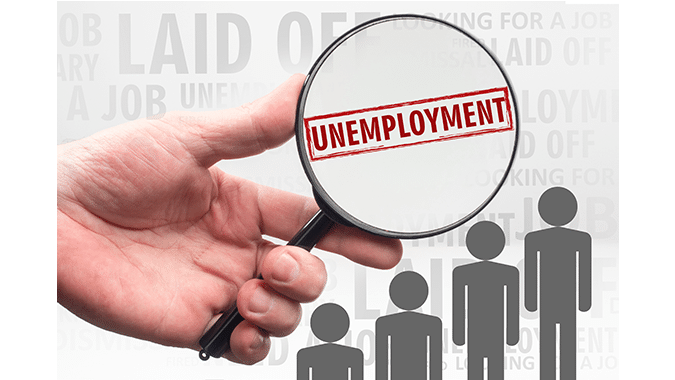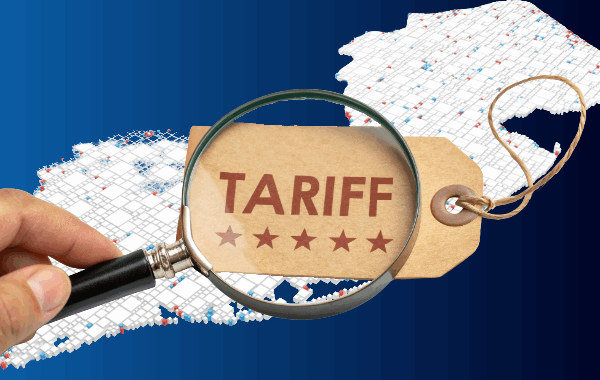The U.S. unemployment rate rose 0.2 percentage points to 4.3% in July, the highest it has been since October of 2021, according to the data released Friday by the U.S. Bureau of Labor Statistics.
Employers added just 114,000 jobs, a slowdown in hiring compared to the downwardly revised 179,000 hired in June. Hiring increased in healthcare, construction, and transportation and warehousing in July. The information sector lost jobs.
Healthcare added 55,000 jobs in July, slightly less than the average monthly gain of 63,000 over the prior 12 months. In July, employment rose in home healthcare services (+22,000), hospitals (+20,000), and nursing and residential care facilities (+9,000).
Employment continued to trend up in construction in July (+25,000), in line with the average monthly gain over the prior 12 months (+19,000). Employment in specialty trade contractors
continued its upward trend in July (+19,000).
Employment also increased in transportation and warehousing (+14,000). Employment in social assistance continued its upward trend in July (+9,000), but at a slower pace than the average monthly gain over the prior 12 months (+23,000).
Information sector employment declined by 20,000 in July but has changed little over the year.
Government employment was little changed in July (+17,000). Government hiring has slowed in recent months, following larger job gains in 2023 and the first quarter of 2024. There was little change in other major industries including manufacturing; wholesale trade; retail trade; financial activities; professional and business services; and leisure and hospitality.
In July, average hourly earnings for all employees on private payrolls increased by 8 cents, or 0.2%, to $35.07. Over the past 12 months, average hourly earnings have increased by 3.6%.
While the July unemployment rate wasn't high by historical standards (and nowhere near the 14.8% unemployment seen in April 2020 during the pandemic), job losses have gone up steeply enough over the past year to trigger worries about a recession.
Named after economist Claudia Sahm, the Sahm Rule theorizes the economy is headed for a recession if the three-month moving average of the unemployment rate rises 0.50 percentage points or more relative to the minimum of the three-month averages from the previous 12 months.
The July Employment Situation Report can be accessed here.




